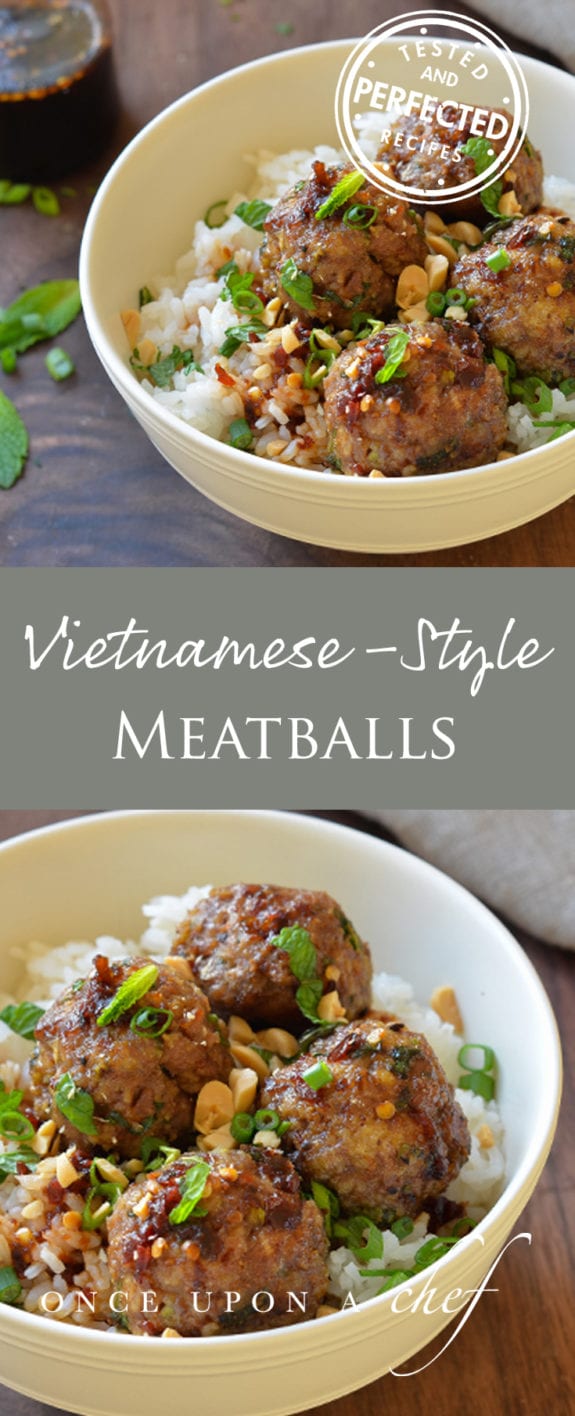This article needs additional thai chili sauce for verification. Please help improve this article by adding citations to reliable sources. Chili sauce and chili paste are condiments prepared with chili peppers.

Chili sauce may be hot, sweet or a combination thereof, and may differ from hot sauce in that many sweet or mild varieties exist, which is typically lacking in hot sauces. Chili paste usually refers to a paste where the main ingredient is chili pepper. Some are used as a cooking ingredient, while others are used to season a dish after preparation. Chili sauces and pastes can be used as dipping sauces, cooking glazes and marinades. Ingredients typically include puréed or chopped chili peppers, vinegar, sugar and salt that are cooked, which thickens the mixture. Additional ingredients may include, water, garlic, other foodstuffs, corn syrup, spices and seasonings. Chili oil is a distinctive Sichuan flavoring found mainly in cold dishes, as well as a few hot dishes.
Chili oil or Lahtt Sauce is made by pouring hot oil onto a bowl of dried chilies, to which some Sichuan pepper is usually added. After steeping in hot oil for at least a few hours, the oil takes on the taste and fragrance of chili. Chinese chili sauces usually come as a thick paste, and are used either as a dipping sauce or in stir frying. Doubanjiang originates from Szechuan cuisine in which chilis are used liberally. It is made from broad bean or soybean paste, and usually contain a fair amount of chili.

Often referred to in English as “chili bean sauce”. XO sauce is spicy seafood sauce from Hong Kong. It is commonly used in southern Chinese regions like Guangdong province. Yongfeng chili sauce is a traditional fermented hot sauce.
Guizhou-style chili oil sauce, with fried bits of ground chili and other crispy ingredients. Chili crisp is a similar condiment mainly composed of crunchy soybeans and chili. Yuzukoshō is a Japanese fermented paste made from chili peppers, yuzu peel, and salt. Kōrēgūsu, made of chilis infused in awamori rice spirit, is a popular condiment to Okinawan dishes such as Okinawa soba. Jaew bong is a sweet and spicy Laotian chili paste.
Sambal is a generic term for many varieties of chili-based sauces popular in Brunei, Indonesia, Malaysia. In Indonesia, the bottled commercially available chili sauce is known as bottled saus cabai. They are also commonly known as bottled sambal. However, unlike the coarse textured and richly flavored traditional sambal, this bottled sambal or chili sauce has an even gloppy texture similar to those of tomato sauce, and rather simple hot flavor. The generic term for dipping sauces in the Philippines is sawsawan, which may or may not include chilis. Unlike sauces in other Southeast Asian regions, most sawsawan are not prepared beforehand, but has to be assembled on the table according to the preferences of the diner.
As such, chilis are usually optional. A similar sauce used for fried street food appetizers is known simply as “manong’s sauce” or “fishball sauce”. It is named after manong, a term of respect used for an older man in Tagalog and the most common way of addressing street food vendors. Another spicy condiment used for street food is the “siomai sauce” or “chili garlic sauce”. It is usually eaten with Philippine siomai. It uses minced labuyo chilis, garlic, and powdered dried shrimp or finely minced meat simmered in water and then oil. It is an ubiquitous accompaniment to Maranao meals.
